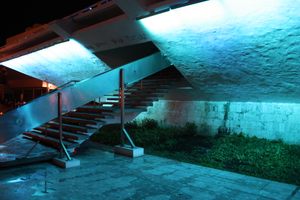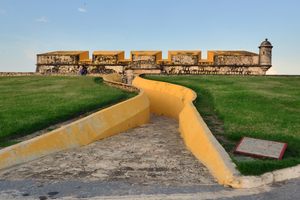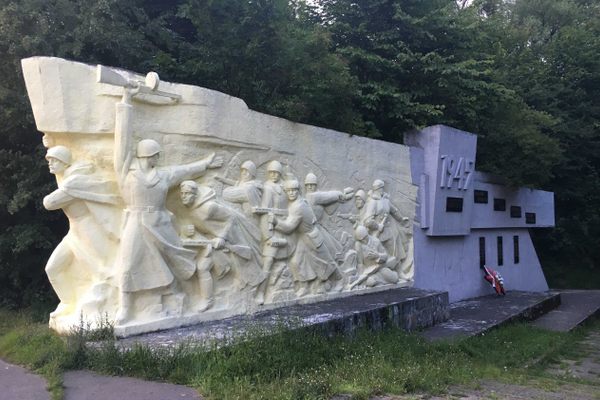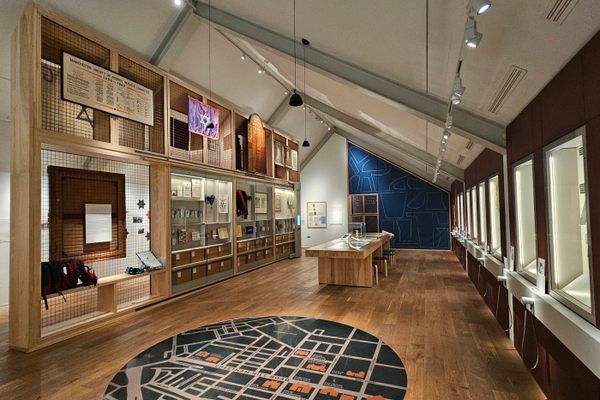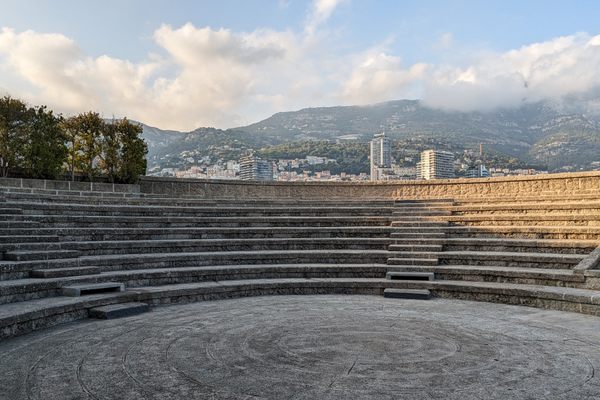About
Much like its sister Fort of San José el Alto, the Fort of San Miguel was built in the 18th century. Both forts served to defend the city and the Bay of Campeche from pirate attacks. As a Colonial stronghold of Spanish authority, the city was often targeted by piracy, some of it actively encouraged by rival European powers like the British and Dutch.
While the Yucatán Peninsula is generally known for its flatness, the presence of two hills in Campeche made for the perfect locations for both forts, which saw most of their action throughout the 19th century. After the establishment of independent Mexico and the decline of piracy, they would both eventually become museums. For the Fort of San Miguel, its role as the local archaeology museum has been much longer-lived and unchanged. Since its establishment in 1986, the museum has focused on mainly showcasing Maya artifacts from sites in the state, such as Calakmul. The bulk of its collection, however, spread across 10 halls, is made up of Jaina-style figures.
Located within the modern-day Petenes-Ría Celestún Biosphere Reserve, Jaina Island is believed to have been artificially built during the Maya Classic period and inhabited between 600-1100. Jaina meaning: temple or house on the water, has become the namesake of a style of clay figurines found there and on its nearby mainland. The figurines are noted for their unique detailing, which has led to them being highlighted in this museum.
Related Tags
Know Before You Go
The museum is open Tuesday-Sunday from 8:30 am to 5 pm. Regular adult entry is MXN$42, with discounts available for teachers, students, and the elderly.
Yucatan: Astronomy, Pyramids & Mayan Legends
Mayan legends, ancient craters, lost cities, and stunning constellations.
Book NowPublished
August 9, 2023
Sources
- https://www.lajornadamaya.mx/campeche/205115/asi-se-ve-jaina-la-isla-artificial-construida-por-los-mayas-en-campeche
- https://www.ngenespanol.com/el-mundo/asi-es-la-isla-artificial-que-construyeron-los-mayas/
- https://www.mexicoescultura.com/recinto/54136/museo-arqueologico-de-campeche-fuerte-de-san-miguel.html




































